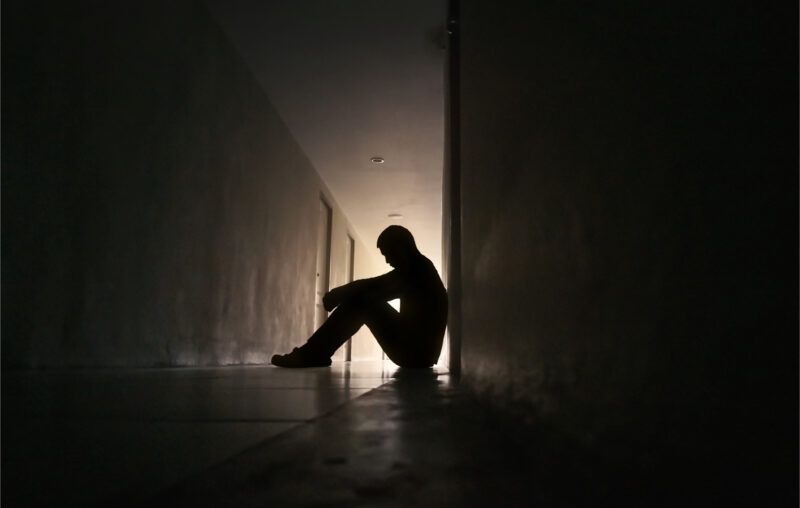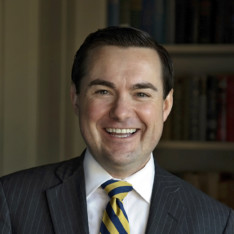The One-Year Anniversary of Lockdowns

One year ago, between March 13 and 16, 2020, began what most of us would agree were the most difficult days of our lives. We thought our rights and liberties were more or less secure or could only be hobbled on the margin. We took certain things for granted, such as that our governments would not – and could not – order us to stay home, close most businesses and schools, shut down travel, padlock churches and concert halls, cancel events, much less lock down society in the name of virus control.
All that changed with a federal document issued March 13, 2020, and declassified three months later. It was the lockdown guidelines. Over the following days, governors panicked. People panicked. Bureaucrats were unleashed. All the powers of the state at all levels of society were deployed not on the virus but on the people, which is all that governments can really control. The lockdowns were nearly universal, implemented around the world but for a few holdouts, one of which was in the US (South Dakota).
A year later, most states are opening up while those still clinging to lockdowns can no longer control people. Regardless of warnings from the top that going back to normal life is too dangerous, most people have decided to be done with the whole dreadful episode.
All year we’ve asked ourselves the question: why did this happen? Pathogens are part of life now and always have been. For the better part of a century, social and economic outcomes from new viruses were ever less disruptive. Public health had a settled consensus that disease is something to mitigate through doctor-patient relationships. Taking away people’s rights was out of the question. The last time that was tried in very limited ways in 1918 demonstrated that coercion only distracts, divides, and delays. This is why lockdowns were not attempted for another hundred years. Wisely so.
In the severe pandemic of 1957-58, officials explicitly said: ‘‘[T]here is no practical advantage in the closing of schools or the curtailment of public gatherings as it relates to the spread of this disease.’’ It was the same in 1968-69, 2006, 2009, and 2012-13.
Then came 2020 and SARS-CoV-2. The 24-hour news cycle and social media kicked in. Shocking images from China – people dropping dead in streets, police dragging people out of their homes or otherwise sealing whole apartment units – were blasted onto cellphones the world over. Then a part of Italy seemed to erupt. To many, it felt like a plague, and a primitive disease panic took over political culture.
We know now that the US had sent a delegation to Beijing in mid-February 2020 to get lessons in how properly to control a pandemic, even though the information coming from the Chinese Communist Party has been unreliable at best; there simply is no evidence that their lockdowns in Wuhan were actually responsible for beating back the virus. Obviously so. No disease in history has been suppressed by reliance on brute force over intelligent mitigation.
It’s extremely telling that the lockdowners have stopped seriously arguing that the lockdowns worked. Justin Fox writing in Bloomberg goes to great lengths to justify the lockdowns on grounds that Covid-19 was more deadly than the Hong Kong and Asian flus of the past, due to exaggerated death data relative to the death data of 2020. In truth, we do not actually know enough about the data to make this assessment. The problems of testing accuracy raise gigantic questions both about case and death data. It will be many years before we can sort out the mess. That people are still arguing death rates from 1918 is telling.
Regardless, pandemic central planning, even if you believe in it, relies on knowing the severity of a particular disease before the evidence is in. That is simply not possible. Viruses don’t come with severity and prevalence labels. What’s more, there is no escape from the circumstances of time and place. SARS-CoV-2 hit different countries in different ways based on demographics and the population’s immunity profile. Africa, Asia, and America all had very different experiences with the virus regardless of policy.
What’s most revealing about the article is Fox’s passing comment: “[I]t was not crazy to rely on more-primitive measures. How successful those measures have been will remain a matter of much research and debate…. In the U.S. it’s much harder to know how many lives all the testing and quarantining and mask-wearing and lockdowns have saved.”
All of which is to say: he doesn’t know. This is the new line of the lockdowners. They can’t cite broad-based evidence of any correlation much less causation between lockdowns and virus control. There simply isn’t any, and meanwhile AIER has assembled 31 serious papers showing no apparent connection between lockdowns and better disease outcomes.
Let’s imagine an alternative scenario in which lockdowns actually did work on one pathogen. Would they be worth it? Public health, as Martin Kulldorff continues to explain, must consider not just one ailment but the whole well-being of the community, not just in the short run but the long run. Even if Covid-19 was controlled via coercion, was it worth it to wreck so many businesses, force missed cancer screenings, keep kids out of school for a year, shatter so many communities that depend on houses of worship, lock people in their homes, and hobble the ability to travel?
These are egregious actions, and contrary to all the policy practices we associate with free societies that respect human rights. So in one sense, the argument about whether lockdowns “work” – they do not – is beside the point. For the sake of social and economic functioning as well as human rights, disease mitigation must not be managed by political actors but rather medical professions, as AIER has been saying for a full year.
When the Great Barrington Declaration, hosted by AIER, appeared in October, millions found the statement to be a breath of fresh intellectual air. Finally some good sense! Others were scandalized that some were willing to dissent from the lockdown orthodoxy. In the end, a full year after this terrible experiment began, it is almost time to declare a narrow victory: the Declaration was right and the lockdowners were wrong. The lockdowners are in retreat just as is the virus, and exactly the way that the authors said it would, through the acquisition of population immunity via natural exposure and vaccines.
Even if this battle is won, there are so many ahead of us. We have a broken federal budget, a broken monetary system, and a broken and demoralized population that never imagined people could be so ill-treated by their own political class. The trauma of 2020 will be felt decades hence. The healing will only come from honesty and truth, and a thorough rejection of the folly, duplicity, and deception that has defined our era.
It’s time for the truth.











